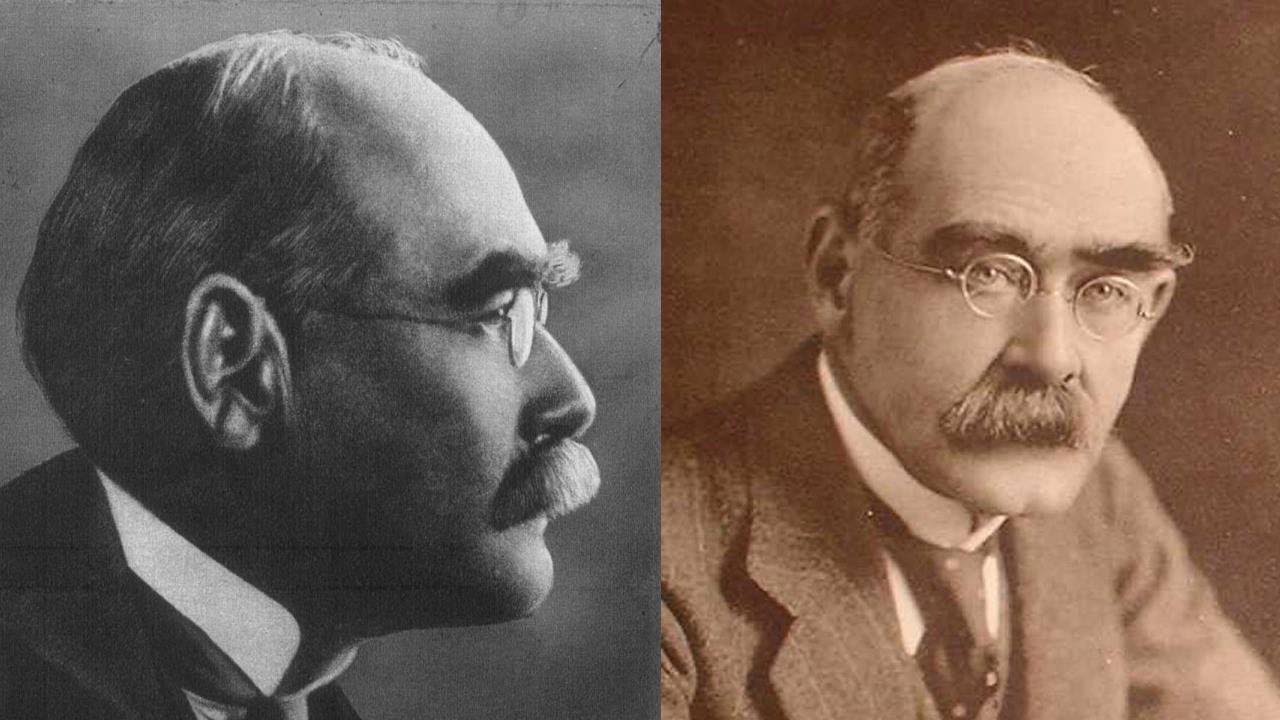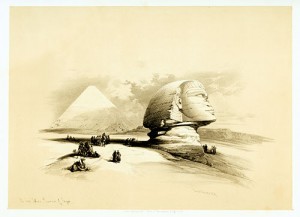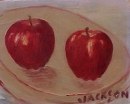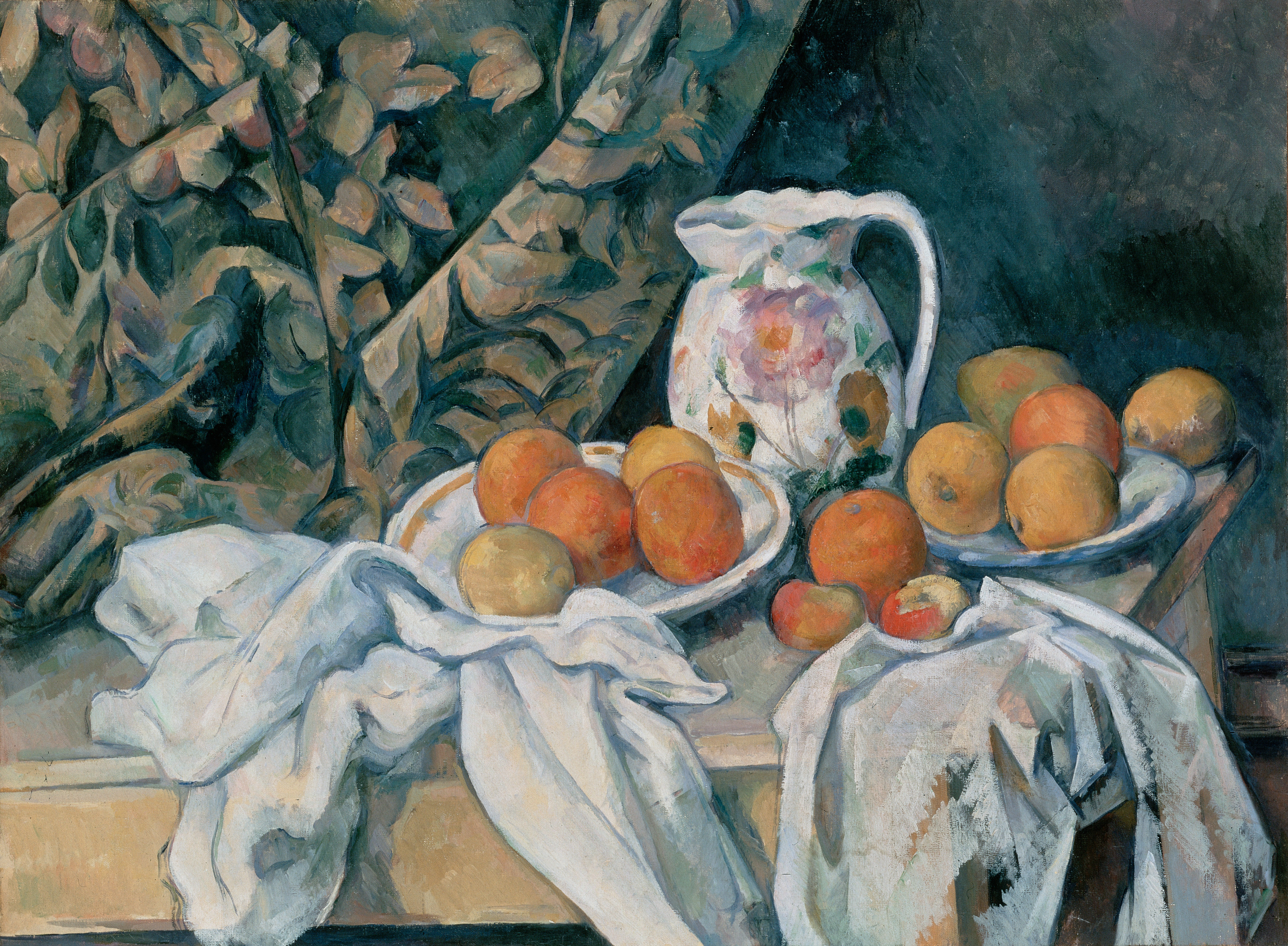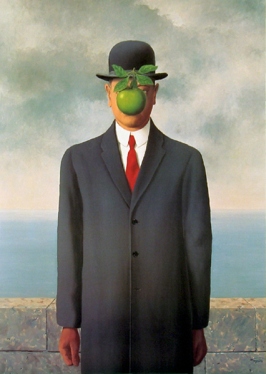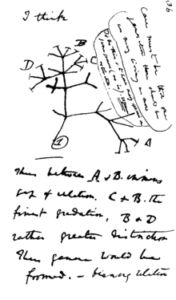 Image: ‘Darwin’s Tree of Life’ [from public domain image, drawn by Darwin]
Image: ‘Darwin’s Tree of Life’ [from public domain image, drawn by Darwin]
Poems
A Power Denuded the Granite
The Devil’s Confervae
The Work of Minute and Tender Animals
Poems by Ian Irvine (Hobson), copyright all rights reserved.
Please Note: many of these poems meditate upon or, in some cases rework/recombine, random phrases appearing in the 2nd edition of Charles Darwin’s The Voyage of the Beagle. The first edition of the work appeared in 1839. I hope I have done some justice to the natural lyricism evident in Darwin’s relaxed prose style.
(i.)
A Power Denuded the Granite
All that glitters in the sun’s rays
suggests a profound ocean
and a growing burden
How many years
short of infinity
to polish these
burnished stones?
I have come to the tides
and the rivulets
the countless inundations,
the waves on the black rocks
the cataracts, the great rivers
the stubborn work of millennia.
I am growing old and weary
on this boat,
this salt-stained boat
of Empire.
(ii.)
The Devil’s Confervae
Can you see us from behind?
early morning salt haze—the sun
rising. And the boat slowing
enters an eerie stretch of
ocean, velvet-red, and
glides between a god-infested heaven
and a godless carpet of sea stuff
This blood track—it must be
two miles long—of
infernal waters.
The boat slows, we glide
Can you see us from behind?
The morning is huge
as we plough
the pulp of our sorrow
the whole surface of the water
pulses—and the waves lapping.
Under the lens, I observe
the contraction of tiny granular spheres
their number must be infinite
I’ve heard they make
the Red Sea
(appear) red.
(iii.)
The Work of Minute and Tender Animals
Not far off shore
we test the bottom
(the bottomless ocean)
The line spins down and down.
Envisage:
a steep edifice
(theorise: underwater ramparts, sheer
and dense).
In awe of these submerged mountains—
accumulated stone of ages!
The island, the reef, the coral—the coral
the living part of the greater death,
a vast, eroded, sedimentary death.
Once a volcano—spewed hot
then froze into a geologic form
then whipped by the wind
and lashed by the water
for countless millennia.
Amazing to contemplate—
the splendid work of ages.
It looms from obscene depths
and bleaches in the diving—
the underwater kingdom of
vegetable bones!
But near the surface
such colours, such vividness, such
intricacies of fish and frond.
Coral! The epiphanies of coral
their various shapes
their complex textures
—marvellous life on a bed of death!
Our ancestry as sediment—
compacted into memory.
Today, for the first time, I sense
their concrete presence.
This self, mere fruit of their tragedies—
(the past beneath the waves).

